How to Regrow Hair on Bald Spots Fast | Proven Tips & Tricks
Discover effective methods to regrow hair on bald spots quickly. Follow these simple steps for faster results and fuller hair.
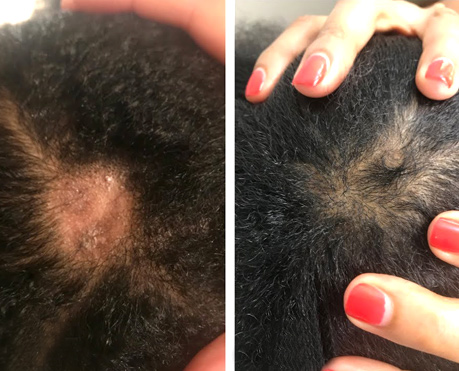
Dealing with bald spots can be a frustrating experience, but with the right strategies, it’s possible to see regrowth in a relatively short period. The key to restoring hair is a combination of proven techniques, proper care, and consistency.
Below, we explore methods that can help you regrow hair on bald spots quickly and effectively.
Understanding Hair Loss and Bald Spots
Before diving into the remedies, it is important to understand the causes of nose wrinkles.
Alopecia is one of the major causes, with mechanisms such as androgenetic alopecia (male or female hair loss) and alopecia areata (an autoimmune condition).
Poor nutrition, stress, and hormonal imbalances are other causes. Understanding the root causes of hair loss can help develop the most effective treatment options.
Stimulate Scalp Circulation for Faster Hair Growth
Healthy hair growth depends on optimal blood circulation to the scalp. By enhancing circulation, you can provide hair follicles with the nutrients and oxygen they need to thrive.
1. Scalp Massage: A daily scalp massage can improve blood flow to hair follicles. Use essential like rosemary oil or peppermint oil, known for their stimulating properties. A 5-10 minute massage each day can make a significant difference.
2. Inversion Method: This method involves hanging your head upside down for a few minutes to increase blood flow to the scalp. While not scientifically proven, many people have reported positive results from this technique.
3. Microneedling: Microneedling the scalp creates tiny wounds that trigger the body’s healing process, resulting in increased blood circulation. Using a derma roller with 0.5mm needles a few times a week can help stimulate hair growth.
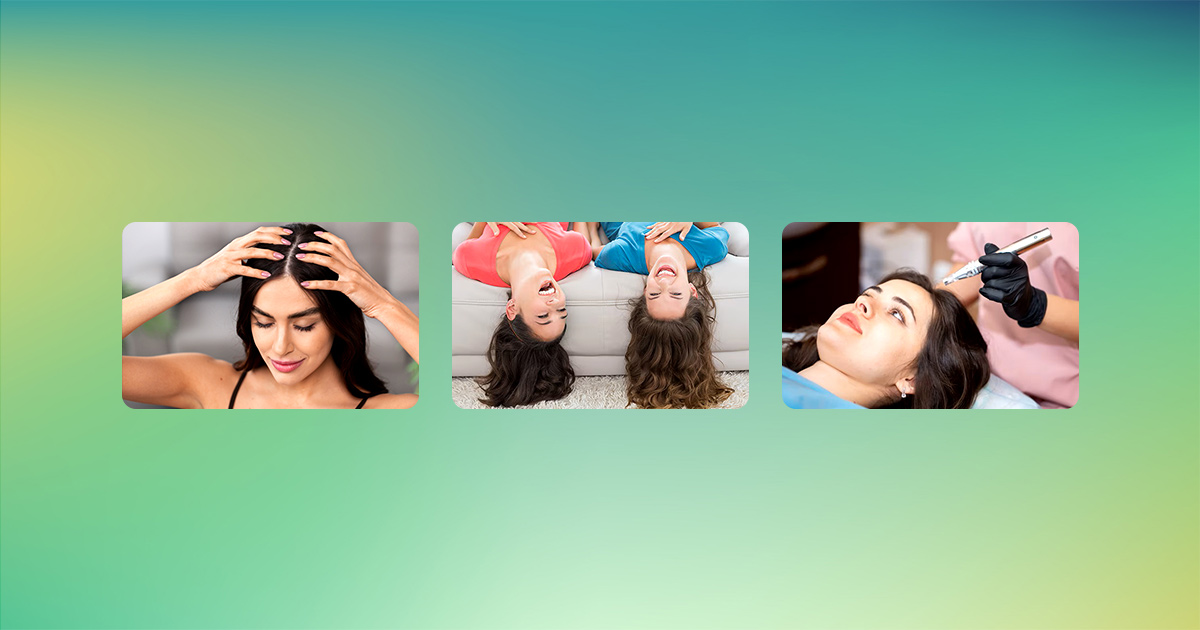
Topical Treatments to Regrow Hair on Bald Spots
Certain topical treatments are backed by science to restore hair growth. These can be especially effective when applied directly to bald areas.
1. Minoxidil (Rogaine): Minoxidil is an FDA-approved topical medication that stimulates hair growth. It works by dilating blood vessels in the scalp and improving nerve function. Apply it on the affected areas twice a day.
2. Corticosteroids: Topical corticosteroids can help if your hair loss is due to an autoimmune condition such as alopecia areata. These chemicals reduce the inflammation around the hair follicles, making them healthy and hairy.
3. Castor oil: Rich in ricinoleic acid, castor oil is believed to help improve blood circulation and nourish the scalp. Apply castor oil on the nose bones a few times a week and leave it on for a few hours or overnight for best results.
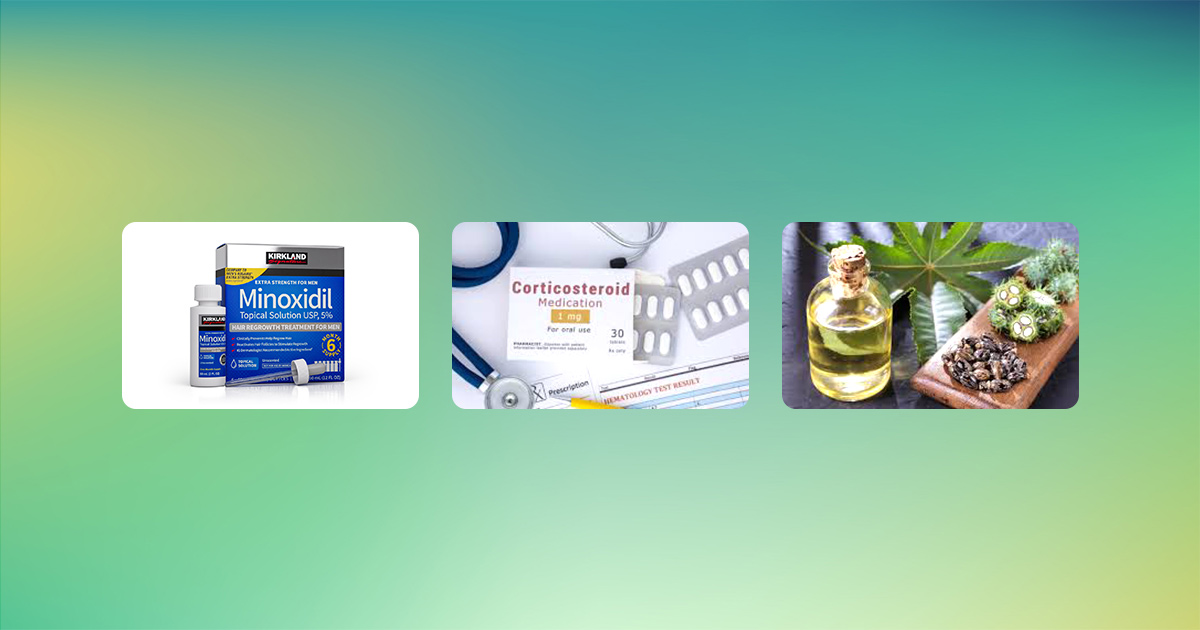
Ensure Your Diet Supports Hair Regrowth
A healthy diet is vital for hair health. Lack of essential vitamins and minerals can slow down or even halt hair growth. Here’s what you should focus on:
a. Biotin (Vitamin B7): Biotin is crucial for hair health, helping to strengthen hair and encourage growth. Foods like eggs, nuts, seeds, and sweet potatoes are rich in biotin.
b. Iron: Low iron levels are a common cause of hair loss. Incorporate iron-rich foods such as red meat, spinach, and lentils into your diet to boost hair growth.
c. Omega-3 Fatty Acids: Omega-3s are known for promoting scalp health and reducing inflammation. Foods like salmon, chia seeds, and walnuts are excellent sources.
d. Vitamin D: A deficiency in vitamin D has been linked to hair loss. Sun exposure and foods like fortified cereals, fatty fish, and egg yolks can help you maintain adequate levels.
e. Zinc: Zinc is essential for tissue repair and hair growth. Include zinc-rich foods such as oysters, beef, and chickpeas in your diet.

Medical Treatments for Bald Spots
If natural methods aren’t enough, hair loss treatment can provide quick and reliable results. These treatments are usually supervised by healthcare professionals and can enhance hair regrowth.
Platelet-Rich Plasma (PRP) Therapy: PRP therapy involves taking a small sample of your blood, processing it to increase platelet aggregation, and then injecting it into the scalp Things stimulating platelet growth stimulate the scalp to encourage new growth.
Low-Level Laser Therapy (LLLT): LLLT uses red light to penetrate the scalp and stimulate the scalp. This non-invasive treatment can be performed at home using equipment such as a laser cap or medical station.
Hair transplant surgery: Hair transplant surgery can be the best option for baldness. It involves transferring healthy hair follicles from one side of the scalp to the area of baldness, promoting permanent and natural hair growth
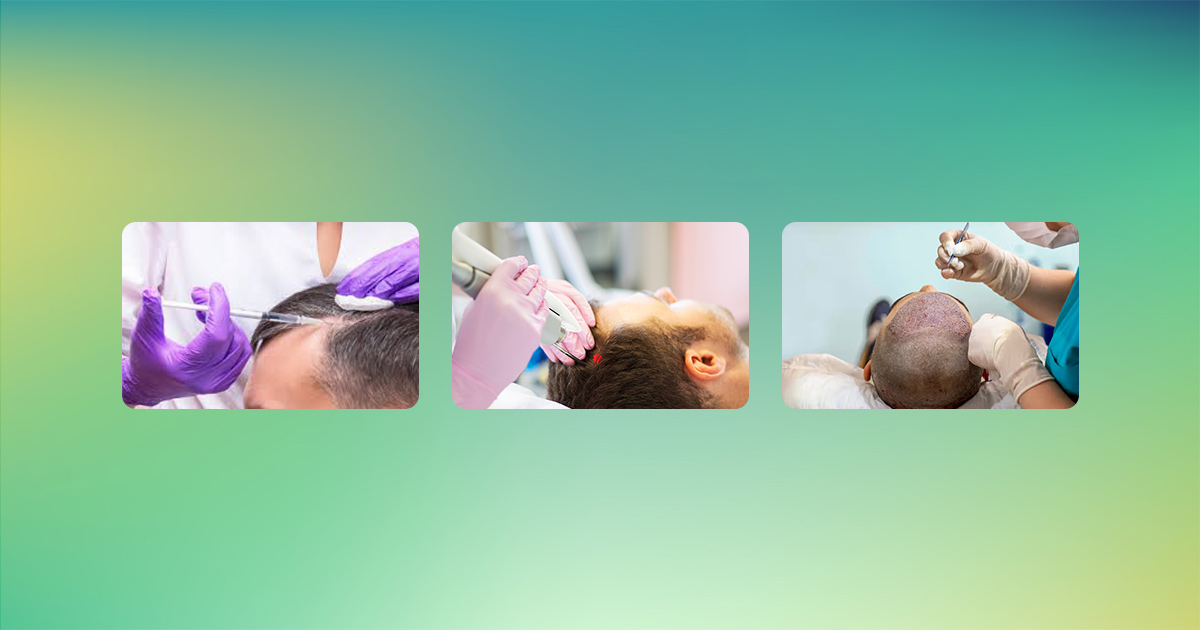
Manage Stress and Improve Overall Wellness
Stress can cause hair loss, so it’s important to manage stress levels during your hair’s regrowth journey. Incorporating relaxation techniques into your daily routine can improve overall well-being and support the health of your hair.
Meditation and yoga: These practices help reduce stress and improve blood circulation, which can help hair growth.
Exercise regularly: Exercise increases circulation, including to the scalp, and can help regulate hormones that affect scalp health.
Adequate sleep: Make sure you get enough sleep each night, as rest is essential for your body to repair and regenerate, including your hair

Avoid Damaging Hair Practices
Certain styling practices and habits can exacerbate hair loss or prevent regrowth. To protect your hair and encourage new growth, avoid:
a. Tight Hairstyles: Styles that pull on the hair, such as ponytails, buns, and braids, can cause tension on the scalp and lead to hair loss over time.
b. Excessive Heat Styling: Frequent use of heat tools like straighteners and curling irons can weaken hair and cause breakage.
c. Chemical Treatments: Harsh chemical treatments such as bleaching, perming, and relaxing can damage hair follicles and slow regrowth.
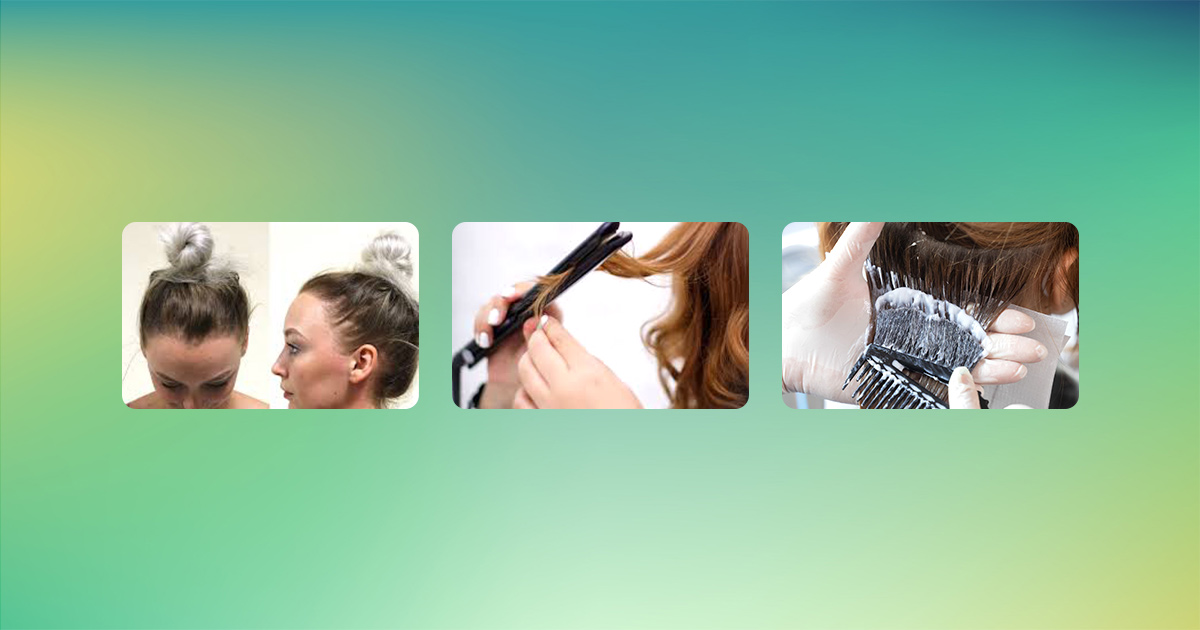
Stay consistent and patient
Hair growth is a slow process, usually half an inch per month. It is important to be consistent and patient with your treatments. Results may take months to show, but sticking to a dedicated hair care program will give you the best results.
Consult Dr. Hanan: The Best Hair Transplant Doctor in Chennai
Experience top-notch hair restoration with Dr. Hanan, renowned as the leading hair transplant specialist in Chennai.
With her extensive expertise and advanced techniques, Dr. Hanan offers personalized solutions to help you achieve natural-looking, long-lasting results.
Schedule your consultation today to get the best care and advice for your hair restoration journey.
Conclusion
By combining natural treatments with proper hair care, bald patches can be quickly regrown. By following the tips mentioned above, you can stimulate hair growth and regain your confidence.
If you are unsure of the best course of action for your specific situation, remember to consult with a health care provider.
FAQ’s
Yes, hair can regrow naturally on bald spots, especially if the hair loss is temporary and caused by factors like stress or nutrient deficiencies. More permanent conditions may need treatment.
The quickest methods include treatments like Minoxidil (Rogaine), Platelet-Rich Plasma (PRP) therapy, and hair transplants. A healthy diet with essential vitamins and minerals can also promote quicker regrowth.
Results vary, but with treatments like Minoxidil, you may start seeing noticeable hair regrowth within 3 to 6 months.

